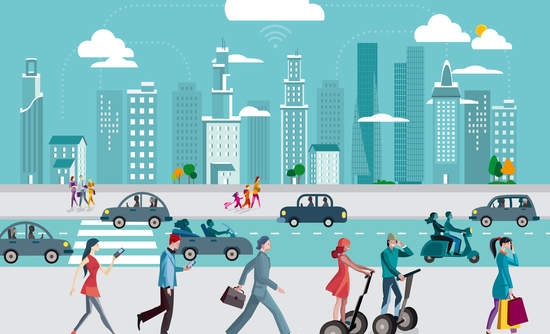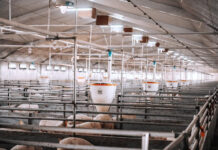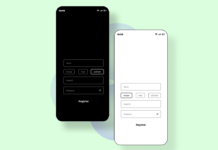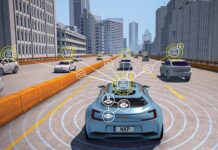The internet is by far the most significant networking tool in your digital marketing arsenal. And for any business looking to make it in the global market today, an understanding of the internet is necessary.
With different technology upgrades and software being introduced daily, it could be challenging to keep up with changes in the industry as they emerge. But do you have to use all the software available for businesses in delivering quality services? The answer is yes and no.
Yes, you will need to use specialized tools and software that are adaptable in your industry. And no because you do not need to jump on any new trend out there. You will have to weigh in on its application to know if it is helpful in your business.
What is the Internet of Things?
There may not be an easy way to define what is IoT, but it is nothing difficult to comprehend. You have probably come across it in online journals or heard it being used in a technology summit. But it is generally used to refer to all the gadgets and applications that allow for easy connection to the internet.
It could also be used to define all the applications and devices that make it easy to communicate online. This includes mobile phones, computers, intelligent tech components like watches, cars, and home appliances that communicate with each other.
IoT could be used in differentiating appliances that ordinarily do not have any web applications. These include microwaves, televisions, refrigerators with a smart-enabled function that gives you access to the internet. They can connect and exchange data with other systems with the help of internet connectivity. While they cannot be categorized as standalone software and applications, they fall under the general classification of “internet of things.’’ To know more about Iot, visit TDengine for more updated information and details.
Examples of Systems under IoTs

To better understand the topic, some of the systems that fall under this category have been highlighted below. This can help you with differentiating operating systems from IoTs. When it comes to the internet of things, we are basically talking about:
- Electric cars with sensors that make it detect objects along the way and promote self-driving. You can check here https://www.treehugger.com/how-do-electric-cars-work-5179977 to learn about the operation of electric vehicles.
- Smart cookers that can prepare food at preset temperatures and have them ready in a specific time.
- Smartwatches with added features that either tell time, checks body temperature, counts steps, monitor heart rate, or predict weather changes.
Mode of Operation of IoTs
While your computer and mobile phone operate on a programming language and technology, these make use of sensors and processors connected to a hardware component. So, what you get is a traditional cooker that can help with food preparation but with features that allow you to customize the experience using predefined sensor settings.
The data collected is managed and sent based on information from the environment. These devices then connect to platforms, gateways, and other gadgets to further analyze and share collected data. IoT developers make use of artificial intelligence and machine learning to adjust these systems to be able to pair with other devices.
Benefits of Internet of Things
What this aims to achieve is to be able to connect most household devices with the cloud. And this could be done with cloud computing and machine learning. They could be helpful in business and manufacturing where they could ease operations in the field or connect devices across different industries.
This would involve using a series of sensors, wireless networks, AI, and data analysis to monitor and optimize a business operation. There is more on this page about using the internet to enhance your business operations.
It could make a difference in the future by way of providing updated information across several systems and devices that communicate using the same machine language or sensors. It is dependent on wireless technology to enhance communication between the various devices and systems.
Smart devices such as Google Home and Amazon Echo make it possible to play music indoors and get additional information around the home. And with developers aiming to power smart cities in the near future, it is only fair to say that we haven’t heard the last of this category of devices and sensors.
Using it to Your Advantage
While you certainly may not be equipped with the technical skills to write codes or design sensors that communicate between devices, you can find such gadgets to help meet work or personal needs. You may need internet access or software compatibility to be able to link the different machines.








